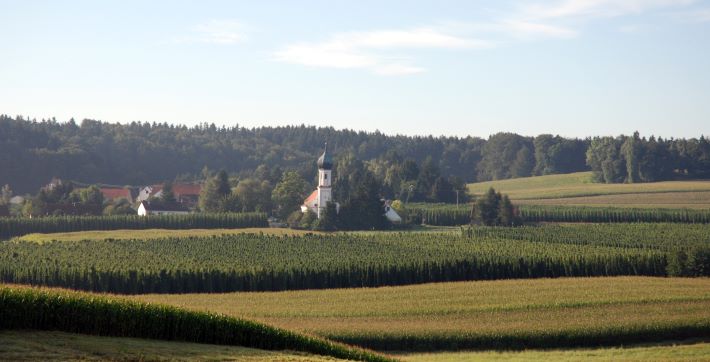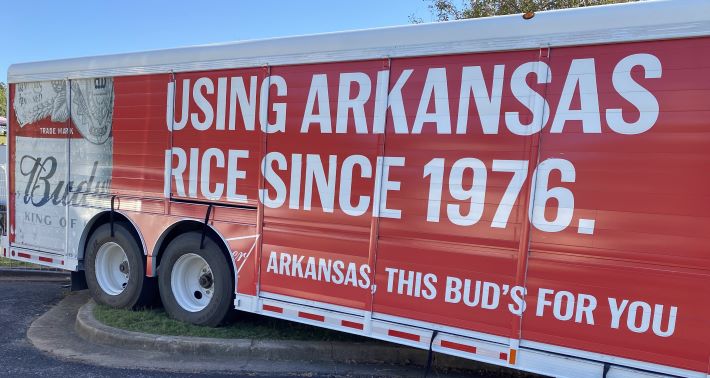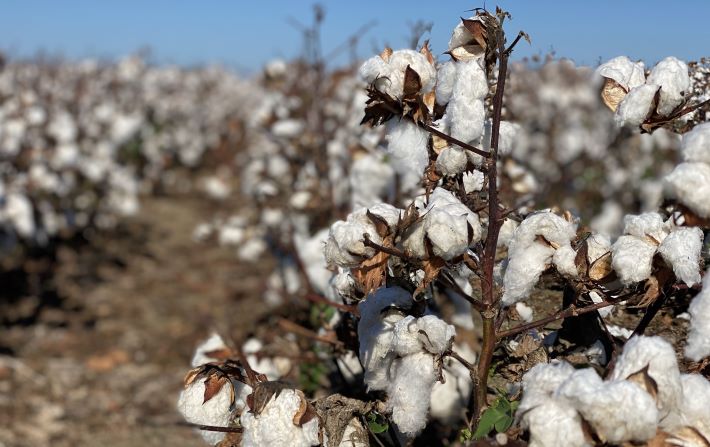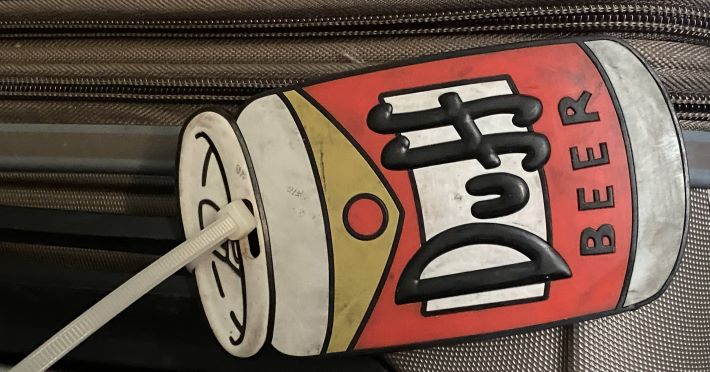
When you consider it, business stories focused on the fermented beverage made with malted grain and hops are almost always about The Future of Beer. That is capitalism in progress. In that sense, they are about pleasure; what may be available to drink, what we want to drink, how much it will cost us. There seem to have been an above average amount of such stories last week, but before listing them, a few just to read for pleasure itself.
Overthinking It: PB&J Mixtape
Actually, PB&J Mixtape isn’t a beer at all. It is “totally gluten-free (on a seltzer base) and made with real roasted peanuts.” Nonetheless, Jacob Berg writes, “The aroma transported me, Anton Ego-style, to a specific place and time. Boom, I’m a latchkey kid again, getting home and opening the crinkly plastic wrap on an after-school snack.” Definitely some overthinking going on here, including about Untappd ratings.
How a Chicago Brewery’s Staff Builds Authentic Connections with Latinx Communities
“Creating partnerships with Latino-owned businesses and having them come to Marz and be here has helped a lot. When I first started here, it was definitely a way more white-centric customer base, but I have seen a super huge increase in more Latinos coming here.” Marz is located in Chicago’s McKinley Park neighborhood, which is roughly 55% Latino.
The Shirker’s Rest is “the silver bullet to the heart of” exclusion
Consider this a bit of foreshadowing to discussions about The Future of Beer, particularly the investigation (links in business section) into what the next generation is drinking. “In London you don’t get multi-generational spaces very often—apart from a Wetherspoons on a Friday night. When you get the mix right of the young, the old, the poor, the rich, then magical things are going to happen.” Related, a Q&A with David Jesudason, who wrote this article.
The Wonderful World of Women Brewers
People not males spotlighted at Shondaland. Which is great, although if you’ve been paying attention these are the “usual suspects.” There are a lot more women brewing beer who also deserve to be written about. Anyway, these names are likely new to most readers at Shondaland, and perhaps you, so this is a good thing. In it, Celeste Beatty speak a sad truth:
“There has been little change at all in terms of any significant increase in Black and brown home brewers, brands, and commercial operations. There is certainly a lot of discussion about diversity and plenty of culture incorporated in branding, but a lot of work [is] yet to be done.”
The business pages
Start with the Big Picture and that Despite ‘Sober’ Reputation, Gen Z’s Eclectic Tastes Are New Force Within Alcohol. Move on to Young Drinkers Won’t Settle for Beverages of the Past, and that this is not your father’s beer . . . or maybe any beer.
Meet people like Amanda Thomas, a 23-year-old junior copywriter in Seattle, who agrees that a person’s alcoholic beverage of choice signals something about them. “In general I feel like people my age are drinking for a personality. There’s a beer girl personality that’s pretty fun and I love meeting beer girls. But there’s also seltzer girls,” she says. “I’m a beer girl. It’s fun, it’s grungy.”
Boomers and maybe even members of younger generations may not think she has earned to the right to be taken seriously. I disagree.
In Seattle. Pike Brewing is ending their decades long in the First & Union Building attached to the Pike Place Public Market hall. The 34-year-old craft beer pioneer, Pike Brewing, moving to a state-of-the-art facility located in the SoDo neighborhood in January 2024 for beer production. The Pike Pub and Pike Fish Bar will continue to operate in their current locations. The photo at the top looks down on a bar at the pub.
Across the Atlantic. “American Craft Beer Sales — and Influence — Fizzle Out.” I’m not sure the story totally supports an assertion that beers from America aren’t influencing change. But there is no doubt “their economic power has rarely matched their cultural cachet.”
In Vietnam. “Brewers get creative as economy loses fizz.” Reading this story I learned what “Khong say, khong ve” means.
In Texas. “They’ve been dropping like flies since last summer.”






 I’m not promising to lead off with links to beer pleasures every Monday, but I was happy with
I’m not promising to lead off with links to beer pleasures every Monday, but I was happy with